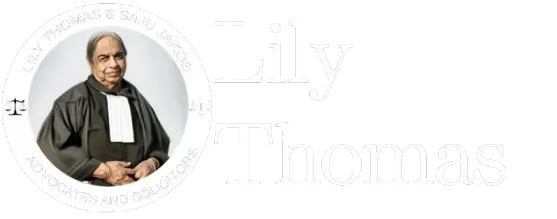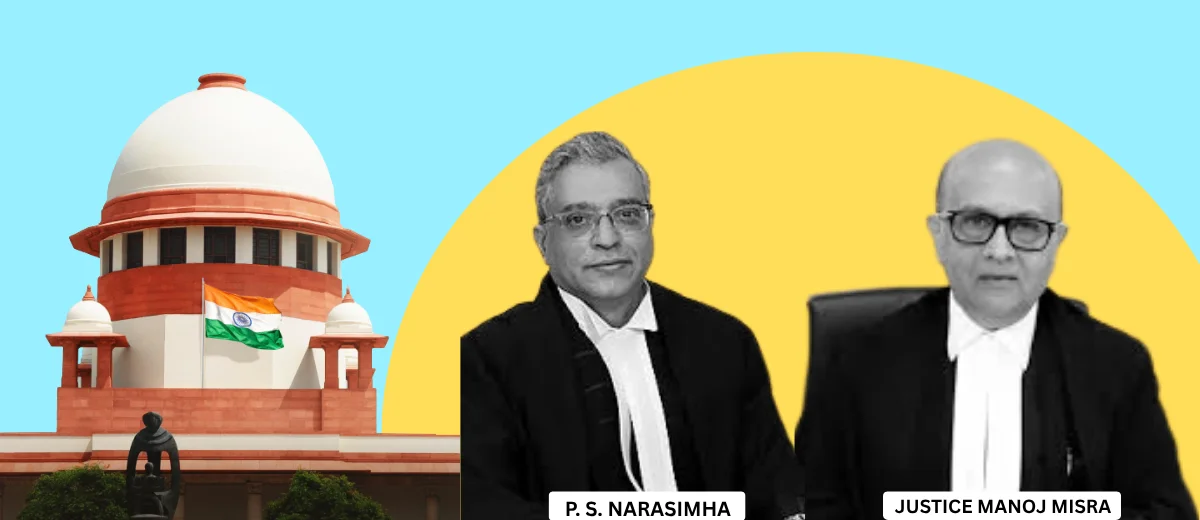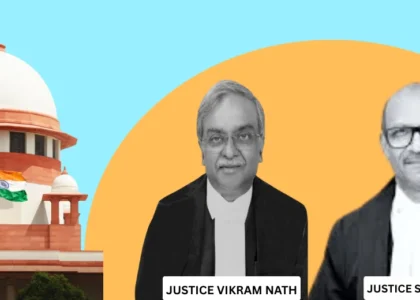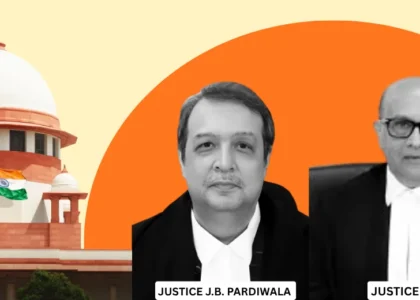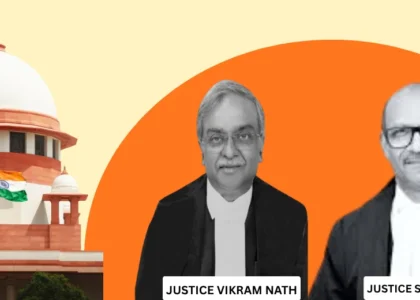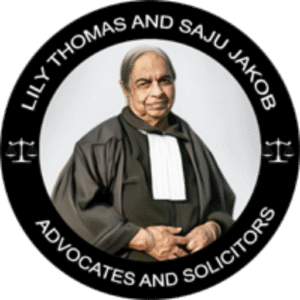Case Title:- KOPARGAON SAHAKARI SAKHAR KARKHANA LTD (NOW KNOWN AS KARMAVEER SHANKARRAO KALE SHAHKARI SHAKHAR KARKHANA LTD.) vs. NATIONAL INSURANCE CO. LTD. & ANR.
Citation:-2025 INSC 1315
Date:- 13.11.2025
Hon’ble Supreme Court Bench:- JUSTICE P.S. Narasimha & JUSTICE MANOJ MISRA
The Hon’ble Supreme Court recently allowed the insurance claim of a sugar factory whose boiler had exploded. The insurer, National Insurance Co., had refused to pay, arguing that corrosion and defects in the boiler were discovered only after the policy was issued and therefore the loss was not covered.
The Hon’ble Court rejected this argument. It held that finding corrosion or damage after an accident cannot be a reason to deny an insurance claim, because that would defeat the very purpose of insurance. Insurance is meant to protect people from unexpected events like an explosion and not to punish them for hidden defects that even the insurer failed to detect.
The Hon’ble Court said that if the insurer did not notice any defects at the time of issuing the policy, it cannot later rely on its own failure to conduct proper inspection to avoid paying compensation. The case originated from a 2005 boiler explosion at a sugar factory insured for ₹1.60 crore. The insurer invoked an exclusion clause that bars claims arising purely from corrosion or wear. Its surveyor said the explosion was caused by old, corroded tubes. The Maharashtra State Commission initially granted compensation, but the NCDRC later overturned it.
The Hon’ble Supreme Court disagreed with the NCDRC and held that the insurer’s objection was an “afterthought.” It explained that the defects became visible only because the explosion caused the tubes to slip out. There was no proof that the insured had concealed any facts or committed fraud.
The Hon’ble Court clarified that an insurer can reject a claim only on two grounds:
- If the insured hides a material fact, or
- If the policy clearly excludes such claims.
The Hon’ble Court concluded that neither was applicable here.
Therefore, the Supreme Court restored the factory’s claim and sent the case back to the NCDRC to calculate the compensation payable.

